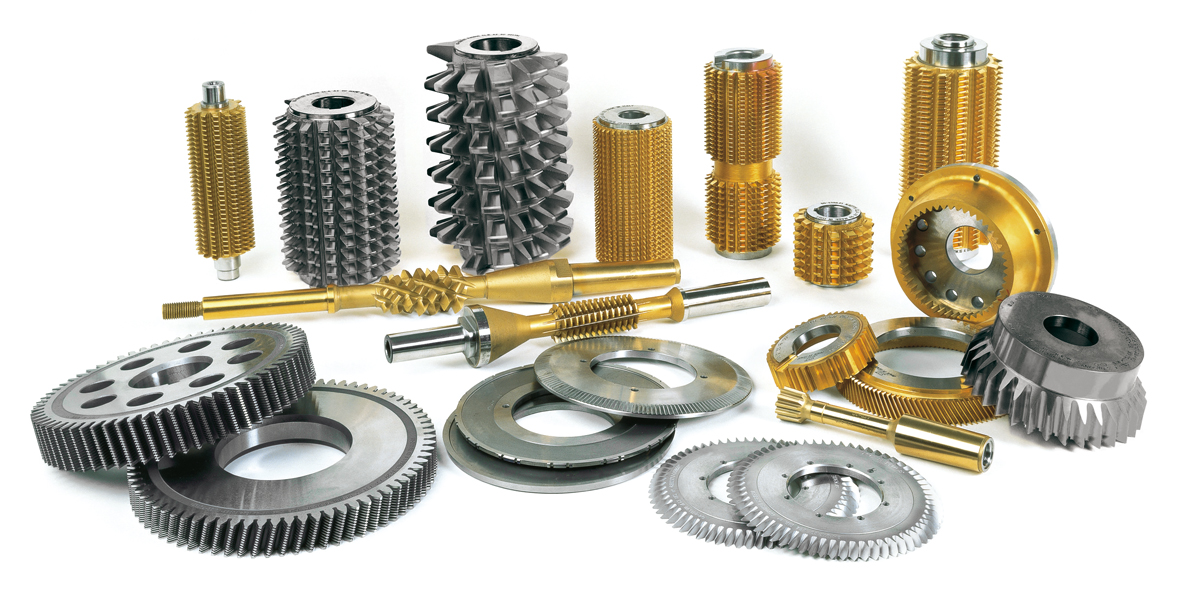

Designed for the company’s R-series turn-mill centres, the bevel gear hobbing package uses cutting heads equipped with specially-designed indexable cutters, accomplishing simultaneous gear machining on each of the machine’s spindles. The other benefit is the same one enjoyed by a CNC multi-tasking machine-because multiple operations can be performed in a single operation, you achieve less handling and improved part quality.Īnother option for CNC gear milling was announced recently by machine builder INDEX-Werke GmbH & Co, Esslingen, Germany.
#Gear cutting process with form tool software#
And because the software creates the correct involute toolpath for whatever combination of cutting tools is specified, ball nose end mills can be used in lieu of or to augment a dedicated cutter, making InvoMill a winner for job shops that machine custom and short lead-time geared parts. InvoMill is not as fast as traditional hobbing, but fewer tools are needed to produce a given set of gear sizes, forms, and teeth. InvoMill, on the other hand, uses one of three cutters to machine a range of gears with the same set of inserts, taking multiple passes to generate the gear flanks and root form. However, since each hob generates a limited number of gear forms and teeth, you’ll need a large, well-stocked tool crib.

Gear hobbing uses a special machine to feed a rotating tool–the hob–against a rotating workpiece to generate gear forms very quickly. “That’s where InvoMilling comes in.” Using a combination of disk cutters and ball nose end mills, InvoMill allows complex tooth profiles to be cut on virtually any five axis CNC machining centre or multi-tasking mill-turn machine.

“Very specific requirements exist when creating a proper and true solid model of an involute form for gear generation,” says Brian MacNeil, milling products and application specialist for Sandvik Canada Inc. But for true involute forms, such as those required for spur and helical gears, special software is needed.
#Gear cutting process with form tool series#
With simple gears and splines, profiling the teeth with an end mill might be “good enough.” Provided your shop has a machining centre equipped with a rotary indexer, or a Y axis mill-turn lathe, most CAM systems can generate an accurate series of toolpaths when presented with a solid model. In today’s world of low part volumes and expectations of quick turnaround, there’s one problem with it: what to do when the right hob is unavailable. Gear hobbing is a mature, dependable process that produces spur, herringbone, spiral, and other types of gears quickly and accurately. Gear milling is a timesaving alternative to hobbing


 0 kommentar(er)
0 kommentar(er)
